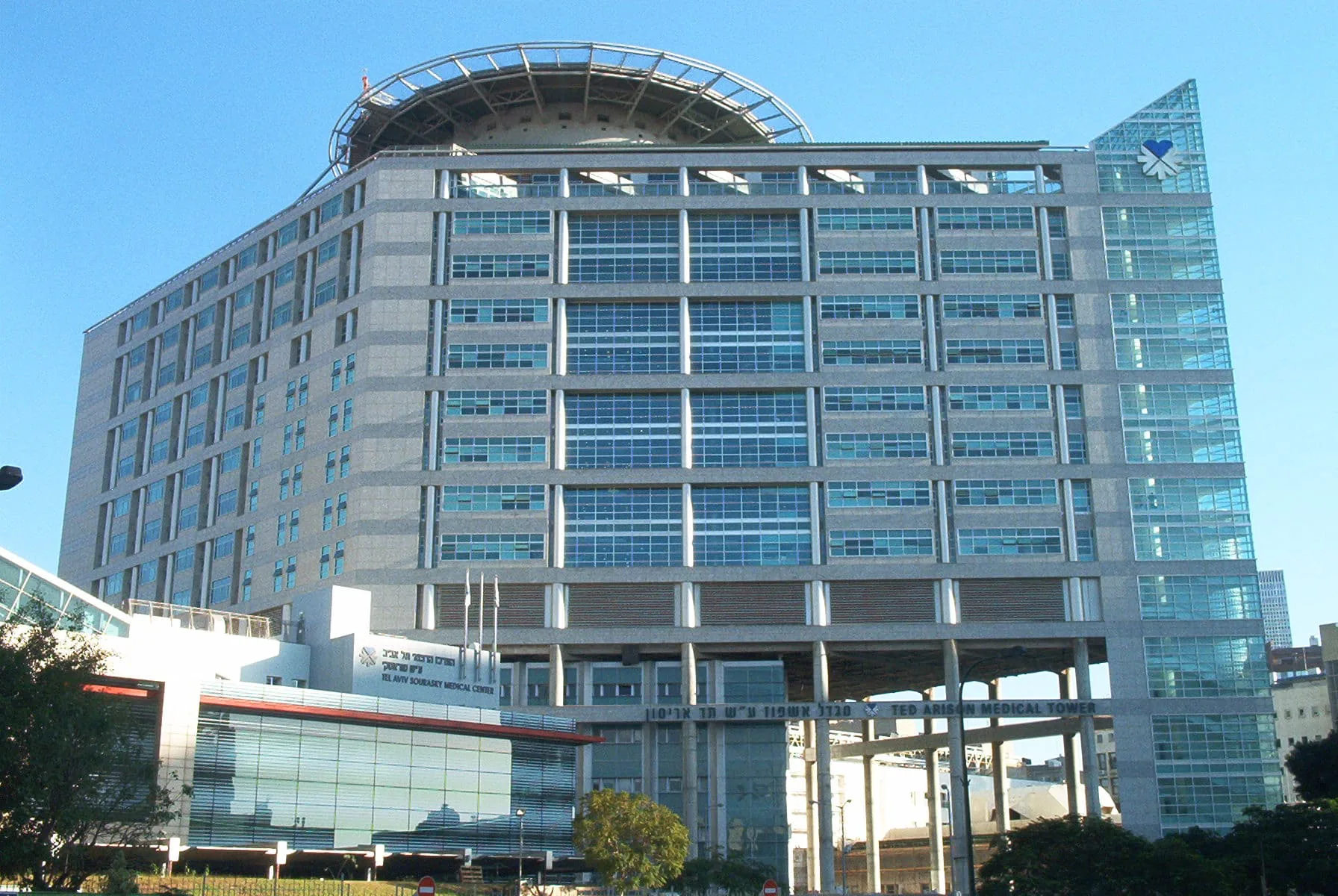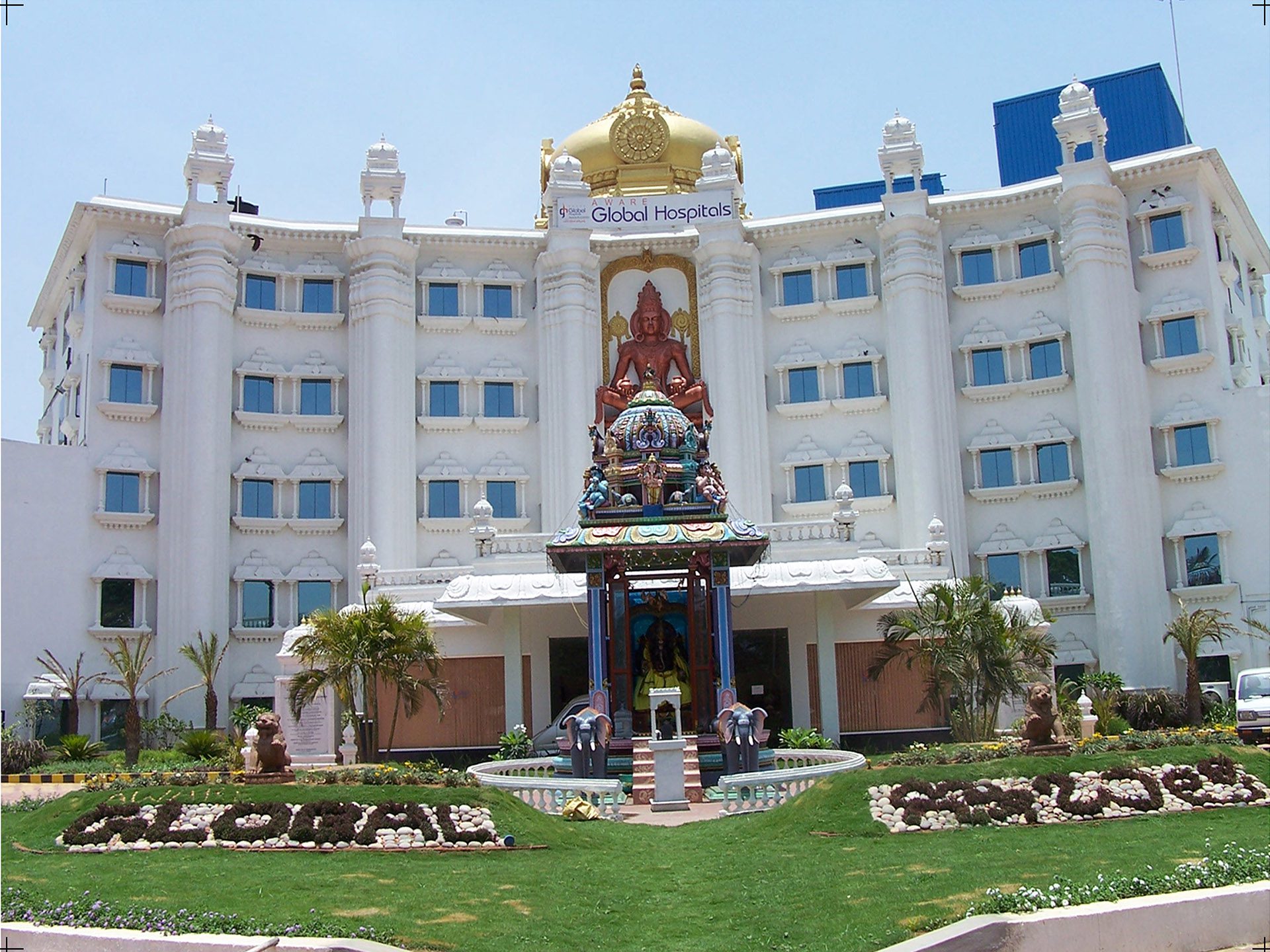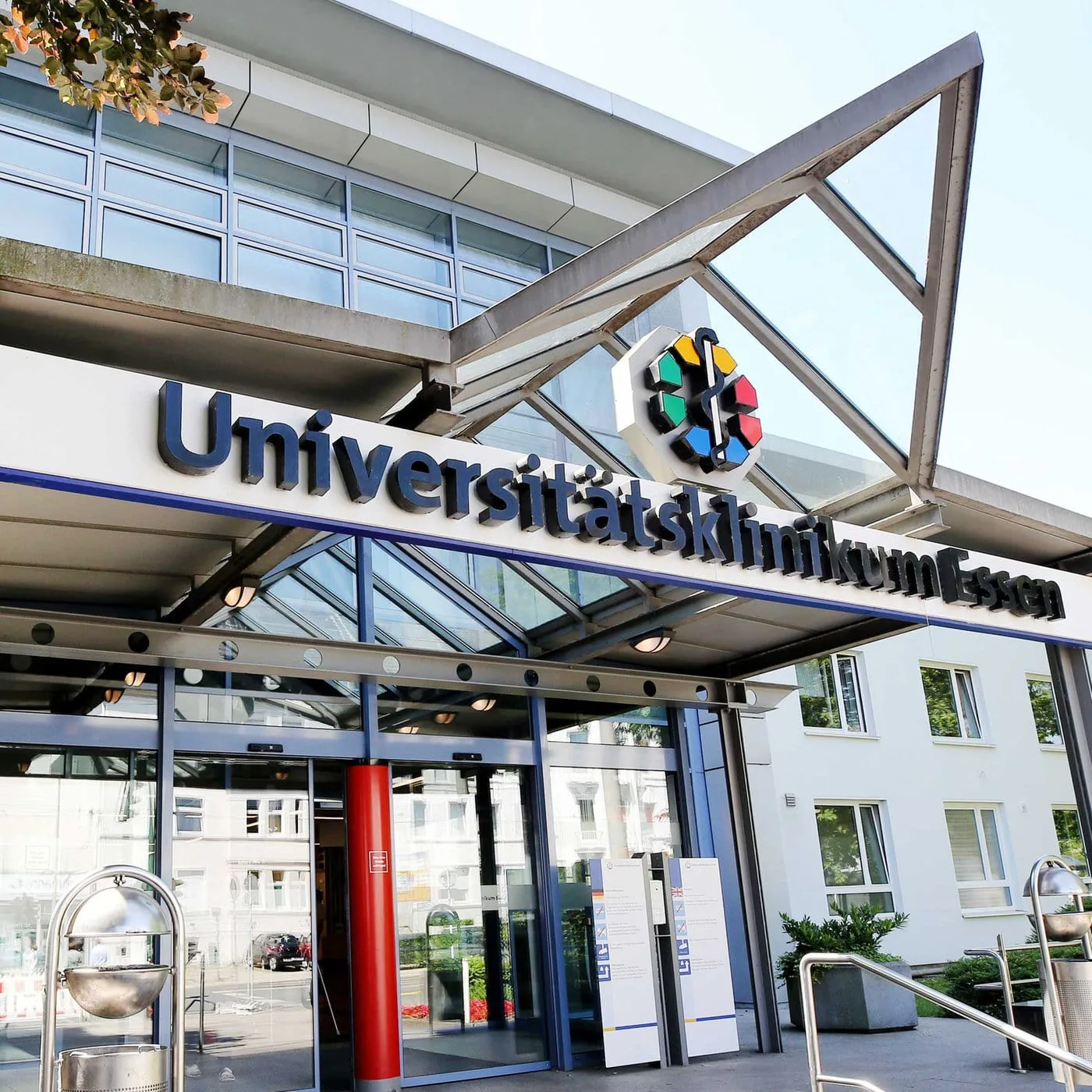What is osteochondrosis?
Osteochondrosis is a degenerative pathology damaging the intervertebral cartilage and bone structure. In the normal organism functioning, discs in the spinal column soften the load on it, minimizing tension. Pathology complicates these processes, accompanied by strong pain.
Osteochondrosis types
- Spinal osteochondrosis – in the intervertebral disc, nutrition and metabolism are disturbed, it loses elasticity, becomes smaller and doesn’t work according to load. Complications: sciatica, hernia, protrusion.
- Cervical – pathology makes it challenging for cerebrum to saturate with blood. Operations in this spine area have the complete person immobilizing risk.
- Thoracic – pathology is extremely rare, since the vertebrae are quite inactive. People with a sedentary lifestyle and those regularly moving heavy loads are more likely to suffer from pathology.
General osteochondrosis symptoms
Symptomatology based on pathology type, but several common signs have been identified signaling the disease presence.
- Constant or periodic pain in the affected area, muscle tension.
- Tingling in neck or lower back.
- “Shots” in the back.
- Pain in raising the arms up or shaking the head.
- Periodic dizziness.
- Noises in the ears.
Cervical osteochondrosis makes itself felt with frequent and strict headaches, strong pressure feeling under the skull and extremities numbness.
Osteochondrosis causes
Pathology is rapidly spreading, as people spend most of their lives on foot. It overloads the spine. Over time, clefts form on the intervertebral discs, hernias appear, squeezing blood vessels, the spinal cord and nerve endings. Ache is getting stronger, muscle spasms appear.
Over the years, people with professional risks (drivers, salesmen, office workers, hairdressers) move into a high-risk zone. Provocateurs of the pathology occurrence are:
- flat feet;
- hereditary predisposition;
- obesity;
- sedentary lifestyle.
Defects causes, impaired motor functions in the spine:
- work with heavy loads;
- sleeping on a surface not meeting the organism needs;
- trauma;
- excessive stress in people involved in sports.
Osteochondrosis diagnosis and treatment
Specialist examines the patient, monitors reflexes and painful areas sensitivity. Next, patients need to undergo laboratory tests, including checking the calcium level in blood. Then osteochondrosis diagnosis is carried out, in particular, X-ray or CT scan for strong pain.
Treatment methods for synovial osteochondrosis are as follows.
- Medical therapy:
- non-steroidal anti-inflammatory meds helping to eliminate the problem, in particular, muscle relaxants for relaxing spasms;
- external methods: they cool or heat the damaged area minimizing pain;
- vitamin B regenerates nervous tissues.
2.Physiotherapy: massage, manual therapy, osteopathy. Complexes are prescribed individually.
3.Surgical intervention: pathology doesn’t often require the surgical methods involved. Complications risk is high, so surgery is prescribed only in serious occasions, when other options don’t give the desired results.










